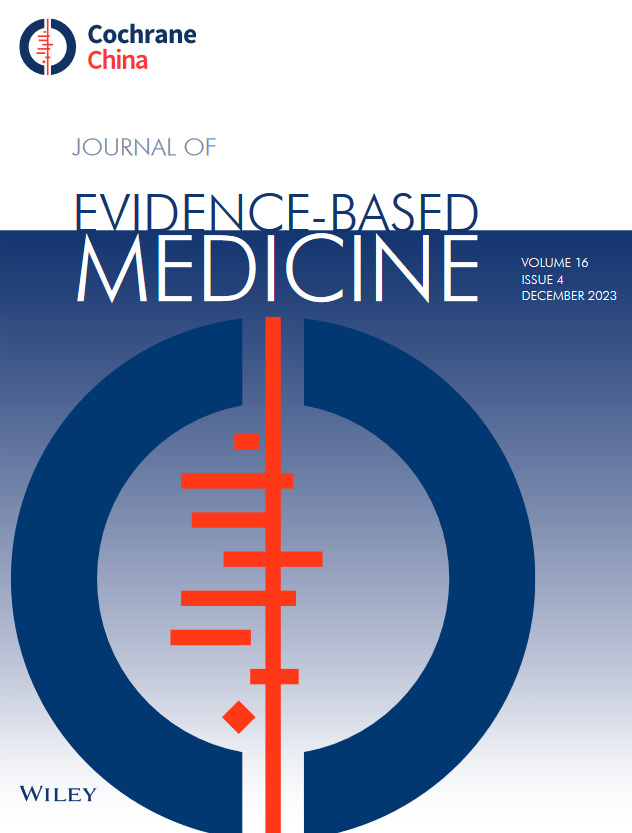Towards Diagnostic Intelligent Systems in Leukemia Detection and Classification: A Systematic Review and Meta-analysis
Abstract
Objective
Leukemia is a type of blood cancer that begins in the bone marrow and results in high numbers of abnormal white blood cells. Automated detection and classification of leukemia and its subtypes using artificial intelligence (AI) and machine learning (ML) algorithms plays a significant role in the early diagnosis and treatment of this fatal disease. This study aimed to review and synthesize research findings on AI-based approaches in leukemia detection and classification from peripheral blood smear images.
Methods
A systematic literature search was conducted across four e-databases (Web of Science, PubMed, Scopus, and IEEE Xplore) from January 2015 to March 2023 by searching the keywords “Leukemia,” “Machine Learning,” and “Blood Smear Image,” as well as their synonyms. All original journal articles and conference papers that used ML algorithms in detecting and classifying leukemia were included. The study quality was assessed using the Qiao Quality Assessment tool.
Results
From 1325 articles identified through a systematic search, 190 studies were eligible for this review. The mean validation accuracy (ACC) of the ML methods applied in the reviewed studies was 95.38%. Among different ML methods, modern techniques were mostly considered to detect and classify leukemia (60.53% of studies). Supervised learning was the dominant ML paradigm (79% of studies). Studies utilized common ML methodologies for leukemia detection and classification, including preprocessing, feature extraction, feature selection, and classification. Deep learning (DL) techniques, especially convolutional neural networks, were the most widely used modern algorithms in the mentioned methodologies. Most studies relied on internal validation (87%). Moreover, K-fold cross-validation and train/test split were the commonly employed validation strategies.
Conclusion
AI-based algorithms are widely used in detecting and classifying leukemia with remarkable performance. Future studies should prioritize rigorous external validation to evaluate generalizability.

 求助内容:
求助内容: 应助结果提醒方式:
应助结果提醒方式:


